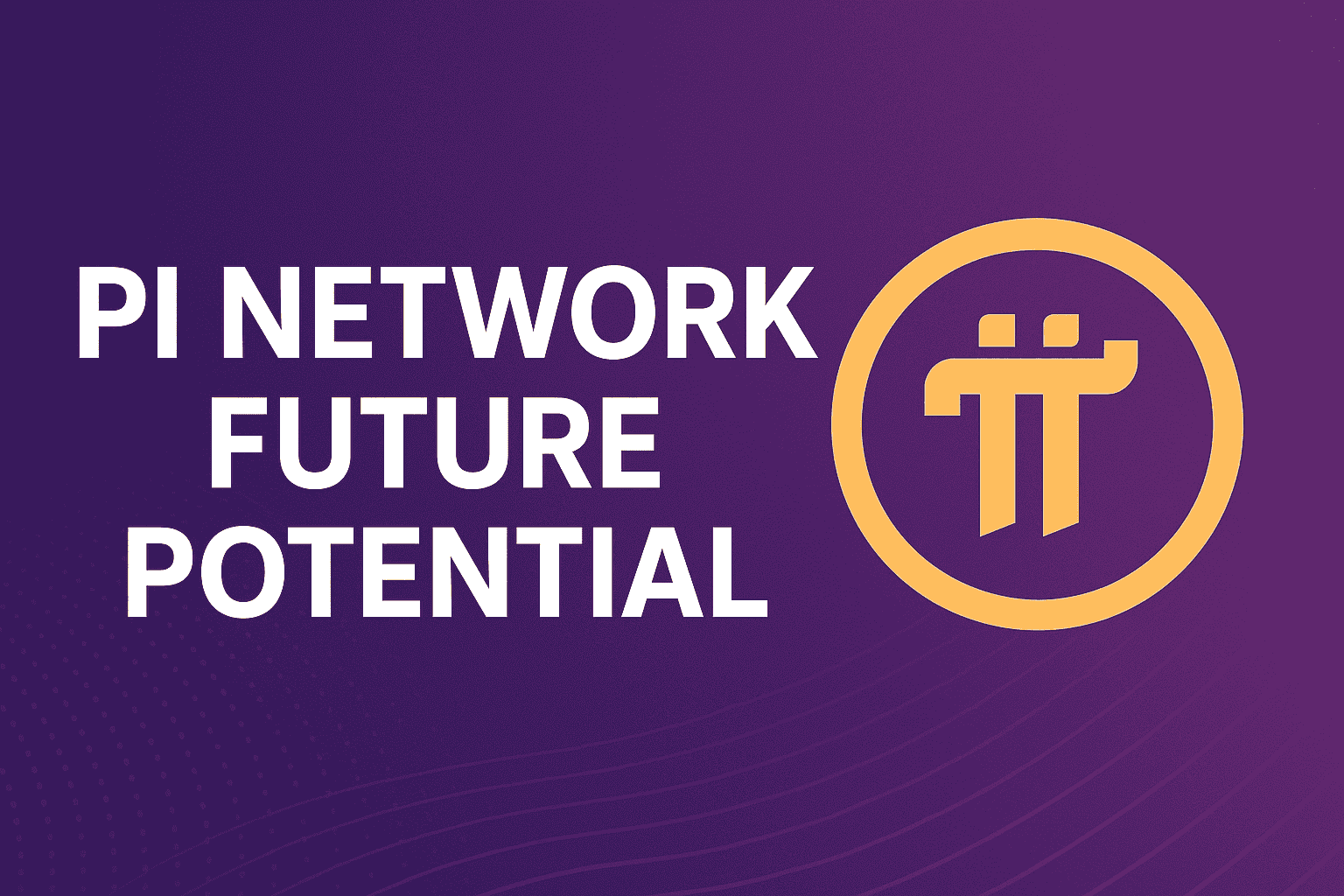Pi Network Future Potential

Picture this: a cryptocurrency you can mine without bulky machines or high electricity bills — just your phone. That’s the promise of Pi Network, a project that has sparked conversations worldwide. It’s more than just another digital coin; Pi aims to make crypto truly inclusive and accessible. While Bitcoin and Ethereum require technical know-how and investment, Pi puts the power of participation right in your pocket.
Understanding the Vision
At its core, Pi Network was built to solve a simple problem: crypto feels out of reach for everyday people. By allowing mining through mobile devices, it lowers the barrier to entry. You don’t need expensive rigs or deep technical expertise — only a smartphone. The vision is bold: a decentralized financial system that welcomes anyone, anywhere, to be part of the digital economy.
Community Growth That Drives Trust
What makes Pi unique isn’t just its technology — it’s the people. With millions of active pioneers, the project has cultivated a loyal and engaged community. Instead of launching on exchanges and chasing speculative hype, Pi has focused on building a foundation first. The result is a network that feels more like a movement than a token, fueled by trust and grassroots adoption.
Recommended Articles:
Technology in Motion
The development of Pi Network follows a carefully phased roadmap. It began with distribution via mobile mining, then moved into blockchain testing. The next milestone, the open mainnet, is highly anticipated. Once live, it could host smart contracts, decentralized applications, and a peer-to-peer economy. Pi’s ambition is not just to exist alongside other cryptos but to create an ecosystem people actually use in daily life.
From Token to Utility
Speculation alone won’t secure Pi’s place in the crypto world. What will matter is utility. The team is working toward real-world applications, building marketplaces, and encouraging businesses to accept Pi as payment. If Pi succeeds in moving from “a coin people collect” to “a coin people spend,” it will leap into a category very few projects have achieved.
Security, Trust, and KYC
Trust is the lifeline of any financial network. To ensure integrity, Pi requires KYC (Know Your Customer) checks to prevent fake or duplicate accounts. This step might slow growth but strengthens the foundation. It shows that Pi is not interested in quick numbers but in sustainable value, with an ecosystem that can thrive long term.
Challenges Ahead
Like every bold vision, Pi faces serious challenges. Moving from testnet to open market is no small feat. Regulations, user expectations, and market volatility will all test its strength. Skeptics warn that once trading begins, Pi’s value may struggle. But challenges are also opportunities — and how Pi navigates them will define its legacy.
Looking Forward
Despite the uncertainty, Pi has carved out a unique position in the blockchain space. Its mobile-first design, inclusive model, and massive community give it an edge many projects lack. The real test comes with the mainnet launch. If Pi can deliver, it won’t just be another coin — it could become a platform for digital commerce at scale.
A Social Experiment in Finance
Pi is more than a technology project; it’s also a social experiment. It asks: what happens when millions of people worldwide adopt a currency before it even becomes tradable? That early engagement could be the key to Pi’s future, shaping not just how people use money but how they connect in a global economy.
Bridging the Gap Between Web2 and Web3
Another interesting aspect of Pi is how it introduces newcomers to blockchain. By making crypto simple, Pi could serve as a bridge between the familiar internet (Web2) and the decentralized future (Web3). This ease of entry might turn passive users into active participants in the broader crypto ecosystem.
Potential for Real-World Commerce
If Pi builds strong partnerships with merchants and service providers, its potential expands dramatically. Imagine paying for food delivery, online shopping, or even local services with Pi. This kind of utility is what separates successful cryptos from short-lived experiments. Pi’s team knows that adoption in everyday commerce is the true prize.
The Road Ahead
The coming years will decide whether Pi becomes a cornerstone of decentralized finance or just another project with potential unrealized. Its path won’t be easy, but with a vibrant community and a clear vision, Pi stands out as one of the most intriguing players in the blockchain space. The countdown to its open mainnet is more than a technical milestone — it’s the moment where vision meets reality.
Conclusion
Pi Network isn’t just another speculative coin; it’s an attempt to rewrite the story of digital money. By combining accessibility, community strength, and long-term vision, Pi could redefine what cryptocurrency means to the masses. The question isn’t just whether Pi will succeed — it’s whether the world is ready for a currency truly built by and for the people.